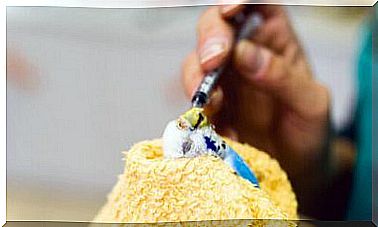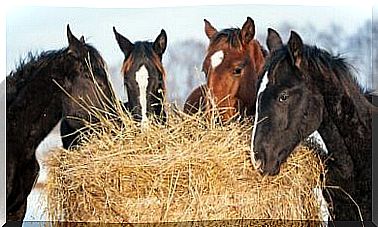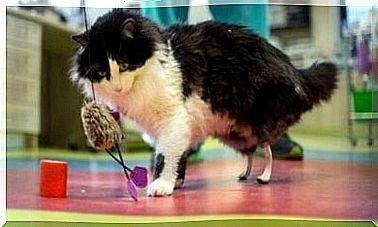What Are Myrmecophagous Animals
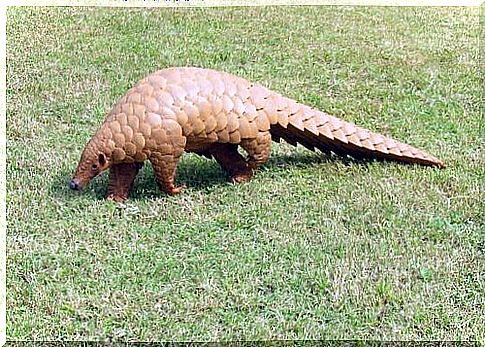
Basically, myrmecophagous animals are those that feed on ants and, on special occasions, on termites. Although the anteater is the best known of the family, there are also other species with the same gastronomic habits. Check them out below.
Examples of myrmecophagous animals
With great power of evolution and adaptability to the environment in which they live, myrmecophagous animals have a mouth with fewer teeth than other mammals, in addition, they have long sticky tongues to pick up food, wide snouts to introduce into the anthills and strong claws to dig the Earth. These species are:
-
Pangolin
The scientific name of Pangolim (picture that opens this article) is Manis spp. , lives in tropical areas of Africa and Asia, and its main feature is the plate-shaped scales covering its entire body. Also, they can curl up into a ball when in danger, and use the scales as a shield.
It can measure between 50 centimeters and one meter, females are smaller than males and both have strong legs that allow them to dig. He has no teeth, but his powerful tongue allows him to get his food.
The pangolin lives alone or in a couple and every year the female has a single offspring (this animal is viviparous).
In recent years, the number of pangolins has decreased because of hunting to consume their meat and scales. That’s because some cultures believe they have medicinal powers.
-
Anteater
Without a doubt, the anteater is one of the best known myrmecophagous animals. In Spanish it is called “oso anthill” (anthill bear), but this animal does not belong to the group of bears, but spends its life looking for anthills.
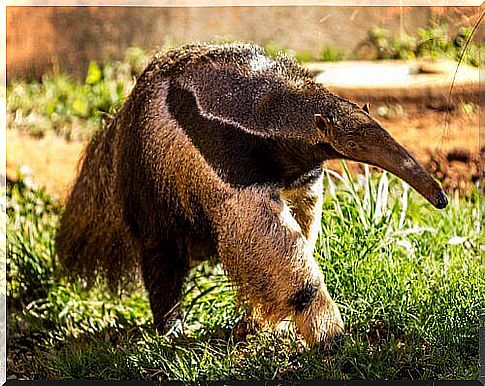
In addition, its coat is black, grey, white and brown, and its powerful claws allow it to break anthills with impressive ability.
Once that happens, he introduces his muzzle and, with his tongue, “picks up” his food. It must be very fast so that the ants don’t bite it when they go to defend themselves.
-
Anteater
It is a mammal native to Africa, specifically from savannas and forests, with nocturnal and solitary habits. Although it resembles the anteater in its long snout, and the pig in its robust body, the truth is that it is related to shrews and even elephants.
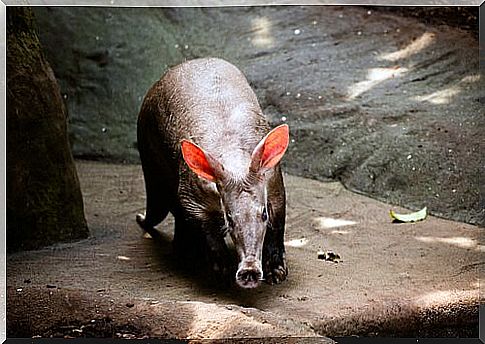
It attacks anthills and termites and holds food with its slimy tongue. He digs his own burrow thanks to his strong legs, has a great sense of smell and walks slowly. It has a thick skin to protect itself from bites from its prey.
-
Numbat
It is a marsupial that lives in the desert areas of southwestern Australia, unfortunately in danger of extinction due to predation by animals introduced by humans and the destruction of its habitat.
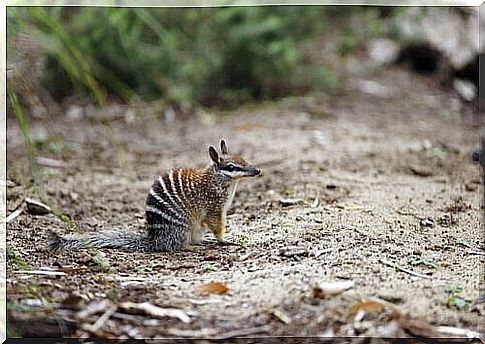
The numbat, although it doesn’t seem like it, is also part of the group of myrmecophagous animals, but in this case its diet is formed only by termites.
It has strong claws, a long sticky tongue, a cylindrical snout and a bony palate to crush the prey before swallowing it, like the rest of the family.
In addition, it is daytime and spends all day searching trunks, fallen branches, rocks and leaves. They only come together to mate during the summer.
In each season, between two and four babies are born, which immediately afterwards “crawl” into the mother’s womb and attach themselves to a nipple to feed.






